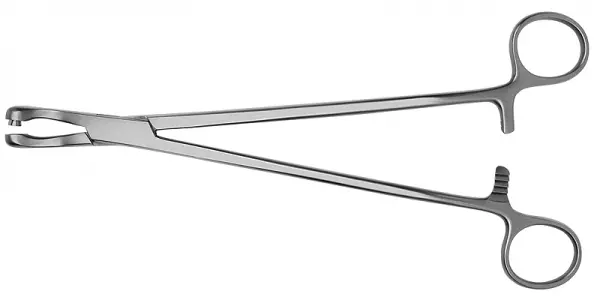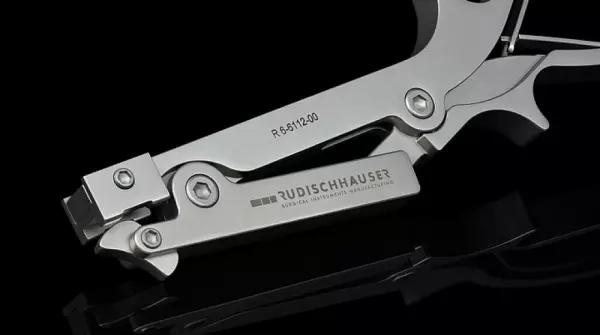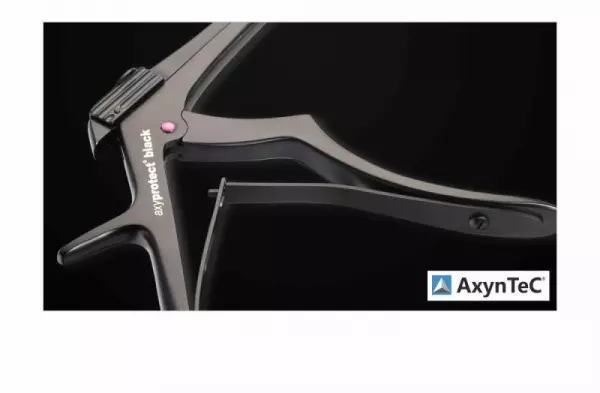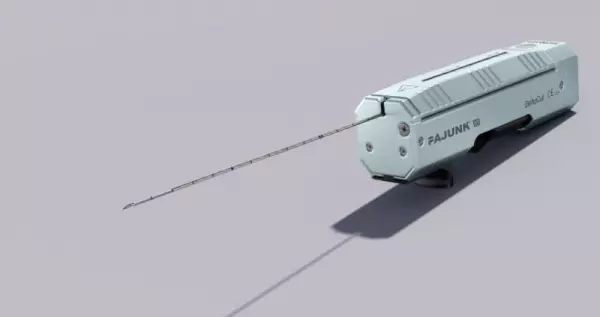
Available Options Total l...
Portal and digital medical technology fair of the largest MedTech cluster in Germany

Spine - Instruments & Implants
We develop, optimise and manufacture a variety of spinal implants and instruments (e.g. pedicle scre...

axyprotect BLACK | DLC coating
Diamond-like carbon layers (Diamond Like Carbon, DLC, aC: H or aC: H: X) are a class of ma...

The Fully Automatic Reusable Biopsy System. The reusable DeltaCut is the ideal instrument for app...

diBLACK-LINE - the new generation of surgical...
diBLACK-LINE – the new generation of surgical instruments from DIMEDA DIMEDA Instrumente of...

Raw materials for various surgical instruments
Since the company was founded in 1880, we have been manufacturing raw materials for various surgical...

Biopsy punches are hand held instruments with hollow stainless steel cutting tips. They are used for a variety of applications such as electrophysiology patch recording, bio-pharmacology, and anti-aging research. They are also used for forensic sampling. This guide will help you choose the right type of biopsy punches for your needs. We recommend purchasing a pair of reusable, disposable ones if you plan on performing the procedure frequently.
Biopsy forceps are similar to scissors and are used during surgical procedures. They are usually small and do not require suturing. They are also used for administering local anesthesia, which means that a patient will not feel pain. The most common types of biopsy forceps are titanium and T/C coated. They are available in different shapes and sizes and can be used in a variety of settings.
Biopsy punches forceps are made of titanium and are ideal for cervical biopsies. They have a short handle, making them convenient for use during a biopsy. They are also available in titanium and T/C coated versions. The most common uses of punch biopsy forceps are in colon, ovarian, and gastrointestinal (GI) biopsies. In addition, they are available in a variety of sizes and shapes, making them an excellent choice for the average physician.
In addition to these types of biopsy forceps, a third type of these instruments is used in the field of gastroscopy. These are made from surgical grade German stainless and may be sterilized for reuse. These biopsy forceps are often referred to as kevorkian cervical biopsy forceps. While these are generally used during procedures for cervical cancer, they are also used for other kinds of biopsies, such as in the abdominal cavity.
The most common type of biopsy forceps used for biops are made from stainless steel (SS) material and are made to perform two-part tasks: cutting, tweezing, and extracting. They are commonly used in hospitals, laboratories, and other types of diagnostic tests. They are often used during surgery and are available in a wide range of sizes and materials. When buying a biopsy punch, make sure it is of the highest quality.
The primary form of biopsy punches is a full-thick skin specimen. A surgeon will need to have suturing and surgical skills to perform a punch biopsy. The first step in a punch biopsy is to make a circular hole in the skin and pull the biopsy with a needle. After removing the tissue, a doctor will need to carefully remove the core with a small, rounded syringe.
A biopsy punch uses a tenaculum (a thin surgical instrument) to hold the cervix in place during a biopsy. A tenaculum is a thin instrument used to isolate the desired location in the uterus. A tenaculum is a small, soft instrument that has a narrow tip. The tenaculum is a small, shallow tube that is inserted into the uterus.
Become a digital exhibitor yourself in the online portal of the largest and best-known MedTech cluster region in Germany and inform the world of medical technology about your products and services as well as about news, events and career opportunities.
With an attractive online profile, we will help you to present yourself professionally on our portal as well as on Google and on social media.